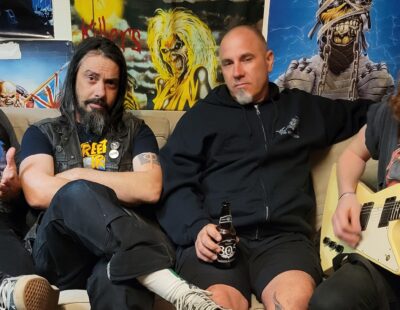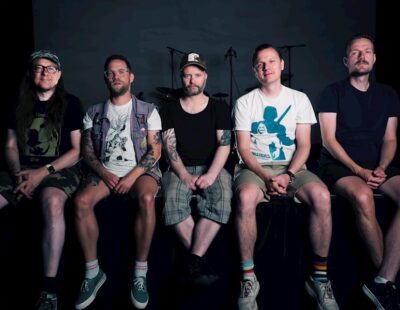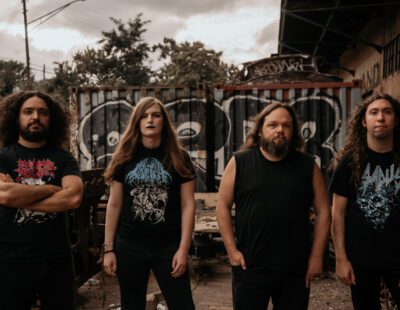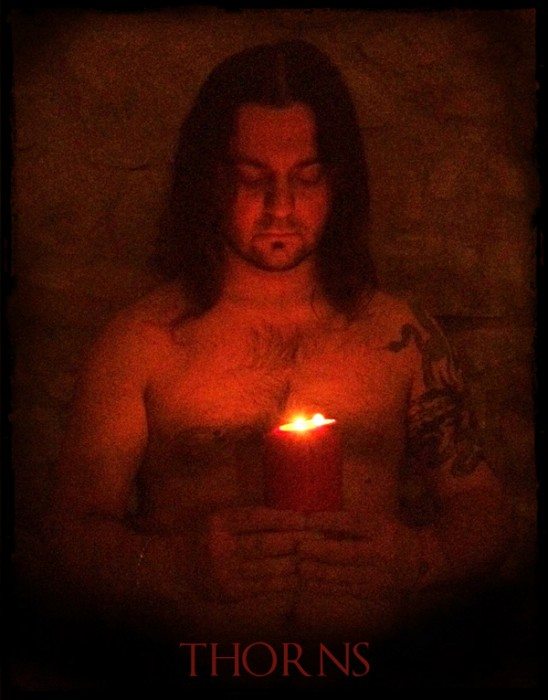
Manetheren’s Time is about as casual an experience as the sprawling dozen-plus-tome story that gives the band its name. (Robert Jordan’s Wheel of Time series became so outrageously complex that now, even five years after Jordan’s death, a secondary author is still finishing the three books needed to complete the tale.) Don’t belly up to Time expecting a quick blackened snack. These 10-to-17-minute mountains of drear play as movements more than songs, and patient repeat listeners will be rewarded as this very personal music tunnels deeper into psyches with each successive spin. Some metal lovers live for this stuff, and others are already checking the next blog on their list. If you’ve got time for expansive post-black compositions meant to communicate a depression writ large, push play and lose yourself.
Decibel got in touch with main man(etheren) Azlum for some track-by-track analysis action, but even that wouldn’t satisfy us, so he was gracious enough to answer a few stray questions about his eight-year-old project and his monolithic fourth album.
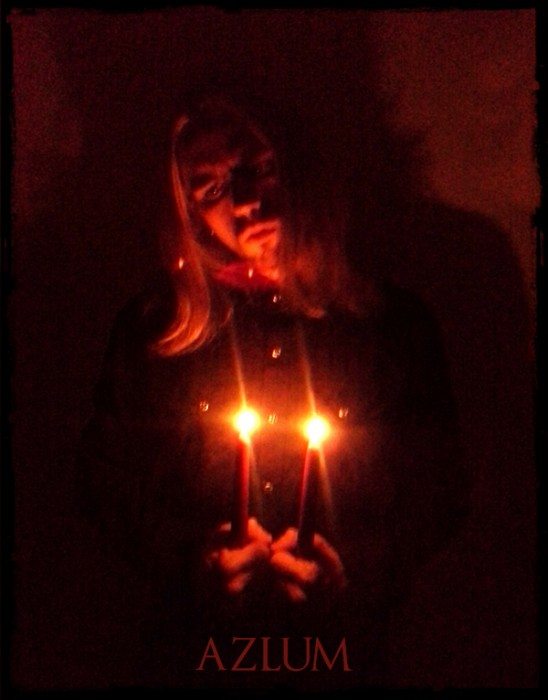
Azlum: To begin the track by track write up, I’d like to say that the first four tracks were actually from my first album but were completely redone and adjusted to fit the new style of music we wanted to play.
I. This track is essentially is the beginning of the man lost in the state of purgatory consciousness. Unable to comprehend what is happening around him, doors leading to unknown destinations, and the sorrow that follows. In the past this was the first song I ever wrote for Manetheren, obviously the lyrics and music were adjusted since 2004. The last part of the song was a complete new addition to the music.
II. This song is actually my favorite song on the album specifically for a part that comes about during the beginning few parts of the song. Lyrically this song is about the next phase of this man’s journey through the agonizing purgatory, only to realize these doorways lead to more tunnels along the bleak hallways. He has no idea where he is or where he is going, and just continues to walk on and on through many doors. The end of this song is one of my favorite parts on the album, due to the jazzy feel to the bass, and the guitar work. I threw in some drawn out clean vocals as I felt those would be best suited for that parts structure.
III. This song is probably the slowest song on the album, and has many different parts of atmosphere in it. Lyrically this song is about the same man finally realizing where he is seeing visions of his past life. Seeing terrible things he had done, things he is unable to take back, and feeling as if there is no way for him to find redemption for such a parasitic life.
IV. This song is actually a faster song, but now because of blast beats or double kicking, the tempo was faster than the rest of them. The song is a bit similar lyrically to the previous song, though he is now realizing that there is nothing he can do to bring any sort of peace to himself for his terrible acts in the past. Though as he his travelling on his path he believes he sees another entity there with him, or he hopes to see this other person, who is in fact a woman.
V. This song was a brand new song that had nothing to do with our first album. I wrote it and kept it on the back burner until I was ready to put it on an album, and of course I found a place for it. The song continues with the man having found the other entity that seems to be leading him along his path of sorrow. He believes there is a voice calling out to them attempting to guide them further and further through the purgatory. The pain he feels is so strong he believes it will entrap him within madness for eternity, telling the woman to go on without him.
VI. This song is the longest song on the album, and has the most atmosphere out of all six songs. I really had a lot of fun doing this one just for the fact the last 5 minutes had about 7-8 guitar layers over it. Lyrically it is about the end of the man’s journey, lost in his state of darkness. Seeking the chance to find the woman who had been with him most of his journey. He holds onto those last moments until finally he reaches some sort of peace with a vision of himself looking into her eyes. Finally he is freed from the purgatory he had been in for so long, which is represented by the last 4-5 minutes of the music.

1) You were extremely prolific during the band’s first years of existence. What caused the gap between Solitary Remnants and Time?
Azlum: I kept trashing material that I was writing and I was having trouble finding a drummer to do the music and such. I was not intentionally trying to take 4-5 years to release an album.
2) How different was your experience writing/recording “Time” as opposed to earlier albums?
Azlum: It was a very different than the last album considering they weren’t even really musically related. “Solitary Remnants” was still on a path of black metal, but it was slightly influenced by my friends band from Empires. Brian who also played for Manetheren most of its duration of its life, but he had too much on his plate the last few years, so we had to part ways. Andy from Wolvhammer also played live for us several times. The experience was quite different just because of the fact I was using different programs and equipment to create the atmosphere for the album. The previous album did not have the atmosphere that this one had, considering I wasn’t really trying to make post/black metal.
3) Your choice of band name is striking, especially for anyone familiar with Robert Jordan’s books. Do you think you’re music/ideals have grown closer to or further from your chosen band name over the project’s lifespan?
Azlum: Actually we had pondered about changing the name when we first got the offer from Debemur Morti, just because of the fact Manetheren connects to a more fantasy aspect of metal, which we have no connection to. I never had a strong connection to Robert Jordan’s writings, I have the first book, ‘The Eye of the World’ but I could never finish it just because of the fact that it’s so descriptive it bores the piss out of me. Literally several pages describing how the wind blows.
4) Do you feel that the music’s focus has turned further inward, or, conversely, outward?
Azlum: The music has been evolving over the years to finally reach this state of the post rock influences. I eventually want to branch out even further towards other genre’s. I wanted to even add elements of female jazzy type vocals, and perhaps saxophones, and any other sort of interesting element.
5) How do the new album’s title and artwork relate to the musical experience you’ve created with Time?
Azlum: The entire album was a concept about a man travelling through an endless time of purgatory. The artwork represents the man in the concept’s agony and such. The album was essentially all crafted to fit the concept I developed at the time I was writing it.
6) What kinship do you feel Manetheren has with other bands’ work (either active or defunct)?
Azlum: I’m not really sure. Originally Manetheren was very influenced by Abyssic Hate primarily, but now the band hasn’t really taken influence from traditional black metal bands anymore. Honestly I can’t even remember what really inspired me to make music like this, perhaps Solstafir, even though they aren’t even close to post rock. I think Krohm was the biggest and heaviest influence on us while I was writing this album. But now I am taking influence from all sorts of bands, Ihsahn, Enslaved, Woods of Desolation, etc. I’m not really sure what the music will end up sounding like in the next few years, but I can hope it will have Time’s same feel to it.
For more on Manetheren, check them out at http://www.debemur-morti.com.




